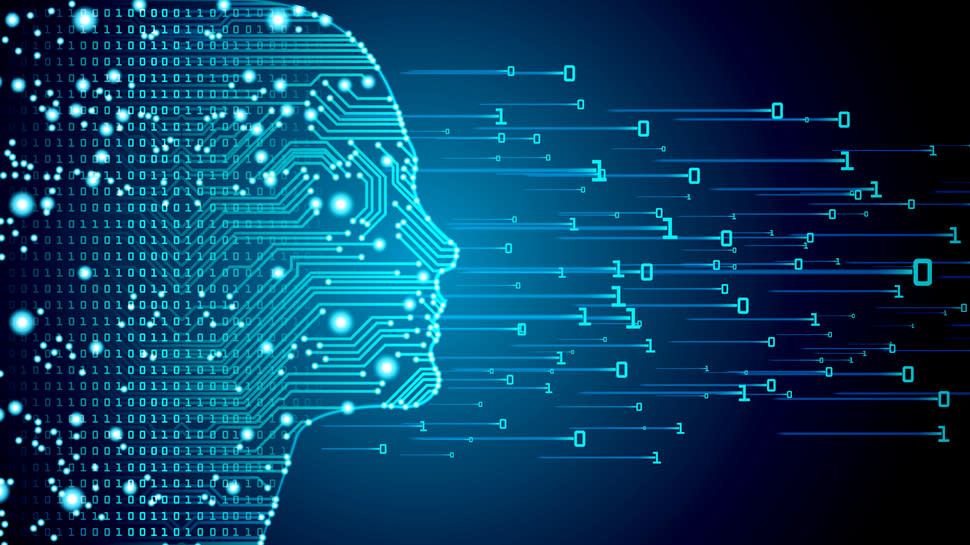How can humans take on AI? With AI, of course!

How can humans take on AI? With AI, of course!
Elon Musk's recent prediction that AI will surpass human intelligence next year may seem futuristic, but in the world of cybersecurity, it raises a chilling concern. AI-powered cyberattacks are no longer a distant threat, and our current defenses might be seriously unprepared.
The double-edged sword of AI in cybersecurity
There's no denying the potential of AI to revolutionize cybersecurity. AI excels at analyzing massive datasets, identifying patterns, and uncovering hidden threats in real-time. This is a game-changer for anomaly detection and intrusion prevention. Imagine AI systems constantly scouring network traffic, pinpointing suspicious behavior, and automatically initiating countermeasures before a breach occurs.
However, the very strength of AI, and its ability to analyze vast amounts of data, can be weaponized by malicious actors. Cybercriminals could leverage AI to create highly targeted, sophisticated attacks that exploit vulnerabilities much faster than traditional methods. These AI-powered attacks could bypass signature-based defenses and adapt to countermeasures in real-time, creating a relentless onslaught.
Examples of AI-powered attacks:
Phishing emails with personalized bait: AI can analyze social media profiles, emails, and browsing history to craft highly personalized phishing emails. These emails could mimic the writing style of colleagues, friends, or even bosses, making them incredibly difficult to identify as fraudulent.
Deepfakes for social engineering: AI-powered deepfakes can be used to create realistic videos or audio recordings of executives or other trusted figures. These deepfakes could be used to trick victims into revealing sensitive information or authorizing fraudulent transactions.
Self-learning malware: AI-powered malware could learn and adapt its behavior to evade detection by traditional antivirus software. This malware could even tailor its attack strategy to specific systems or networks, making it even more difficult to stop.
The limitations of reactive defense: a patchwork approach won't hold
The current cybersecurity landscape relies heavily on a reactive approach. Too many businesses patch vulnerabilities after attacks occur, leaving a window of opportunity for attackers to exploit them. This strategy is fundamentally flawed in the face of AI-powered attacks.
Patching vulnerabilities is similar to playing whack-a-mole and is not going to cut it when it comes to AI identifying new vulnerabilities and exploiting them at an alarming rate. We need a proactive approach that anticipates attacks before they happen.
AI vs. AI - a continuous battleground
The answer lies in AI-powered defense systems. Imagine a next-generation firewall equipped with advanced AI that can not only identify threats but also predict them. These systems would continuously analyze network traffic, user behavior, and threat intelligence feeds, learning and adapting to identify even the most novel attack patterns. Armed with this real-time threat prediction, the AI defense system could automatically take countermeasures, such as blocking malicious traffic or isolating infected devices, effectively neutralizing the threat before it can cause damage.
This concept of AI vs. AI in cybersecurity represents a paradigm shift. It's a continuous battle where AI constantly evolves its defenses to counter the ever-evolving tactics of AI-wielding attackers. Unlike traditional warfare, this battle has no downtime and it’ll be a 24/7 struggle to protect our digital assets.
Regulation and ethics: navigating the grey areas
It cannot be ignored that the development and deployment of AI-powered security solutions raise ethical considerations and emphasize the need for regulations. We need to ensure:
- Transparency and explainability: Security professionals and regulators need to understand how AI systems make decisions to ensure they are unbiased and effective.
- Accountability: There needs to be a clear understanding of who is accountable in the event of an AI security system malfunction or failure.
- Data privacy: Regulations are needed to ensure that the vast amount of data collected by AI security systems is used responsibly and ethically.
The human element: the irreplaceable role of security professionals
Alongside, regulation, it’s crucial to remember that AI is a tool, and human expertise will still be crucial in several areas:
- Security policy creation: Humans will continue to define security policies and protocols that guide the development and deployment of AI-powered security solutions.
- Incident response: Security professionals will be essential for investigating and responding to cyberattacks, even when AI systems are in place.
- Oversight of AI systems: Humans need to oversee the development, training, and operation of AI security systems to ensure they function as intended and don't introduce new vulnerabilities.
Embracing the future of cybersecurity
The rise of AI-powered cyberattacks necessitates a fundamental shift in our cybersecurity strategy. Reactive patching will struggle to keep pace with the speed and sophistication of AI-driven threats. The answer lies in embracing AI not as just a potential threat, but as a powerful defense tool. By investing in research and development, fostering industry collaboration, and deploying next-generation AI-powered security solutions, we can build a more secure digital future where AI serves as a shield against the coming wave of cyberattacks.
We've featured the best business VPN.
This article was produced as part of TechRadarPro's Expert Insights channel where we feature the best and brightest minds in the technology industry today. The views expressed here are those of the author and are not necessarily those of TechRadarPro or Future plc. If you are interested in contributing find out more here: https://www.techradar.com/news/submit-your-story-to-techradar-pro

